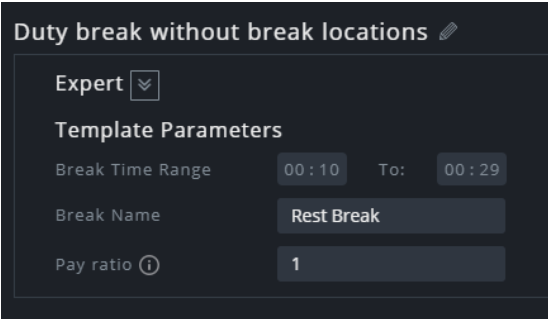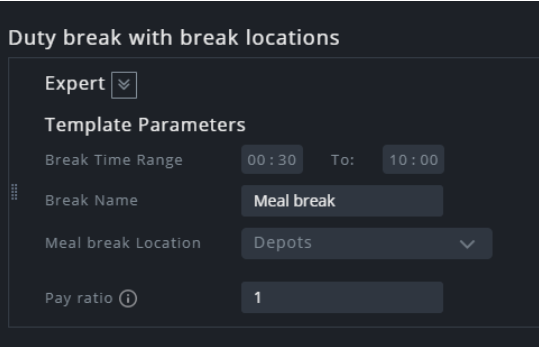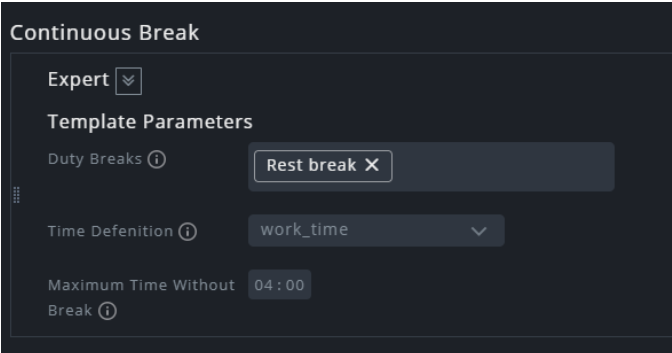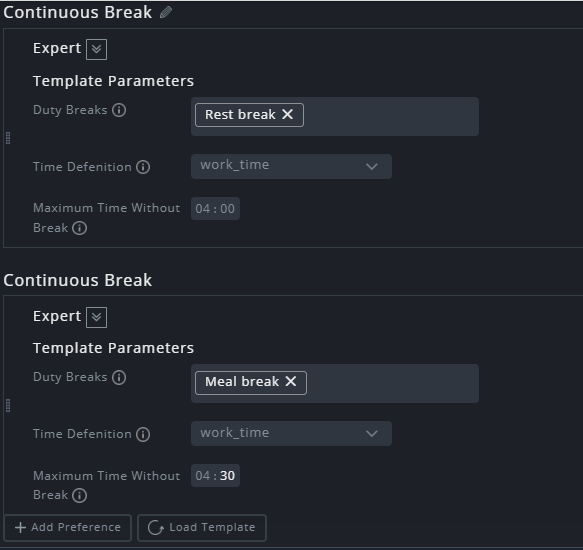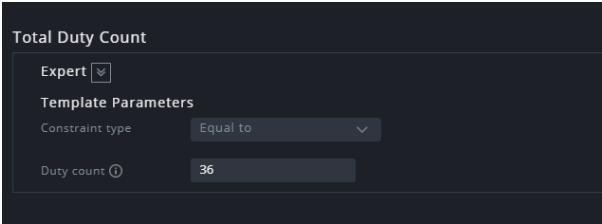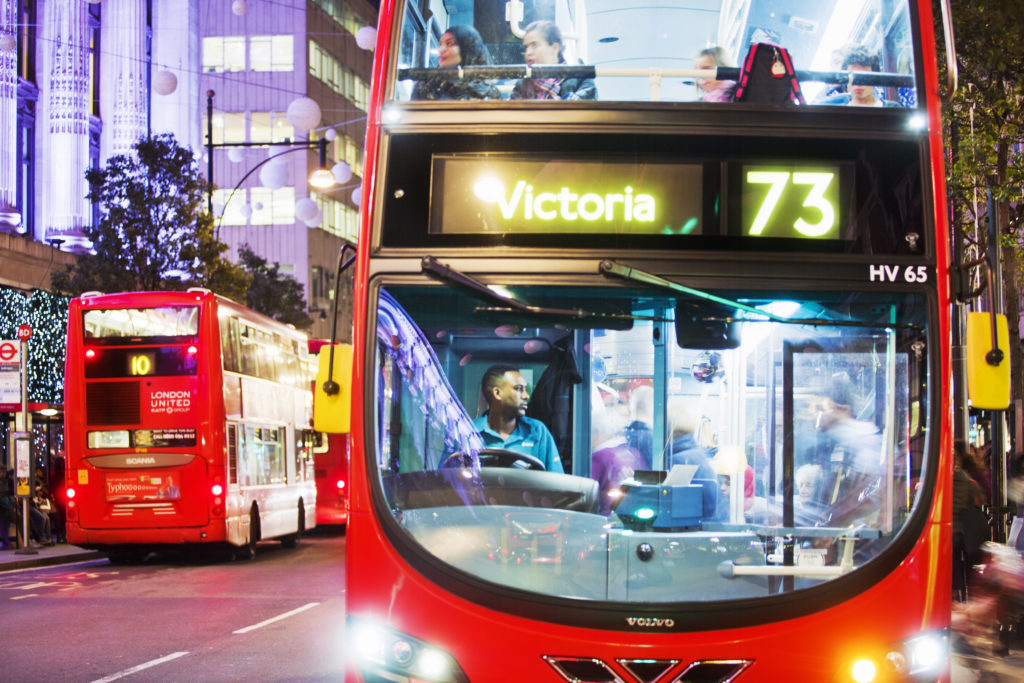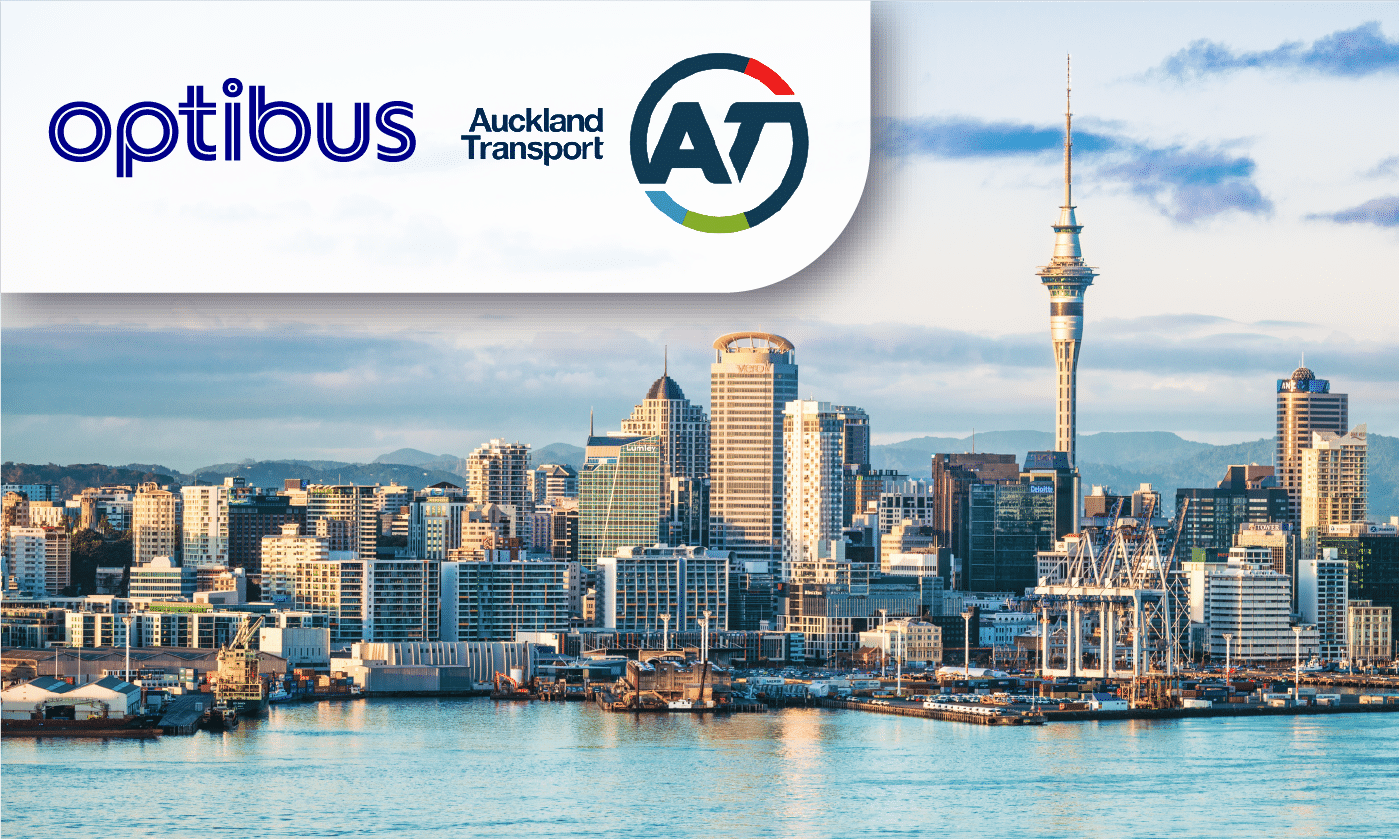A brief introduction
California is known for its ambitious labor laws, often exceeding federal requirements. California Wage Order #9 is a state law that deals with meal and rest breaks for non-unionized transportation workers.
Regardless of whether Wage Order #9 applies to your transit operations, it is a great example of how to work with break and duty rules and preferences in Optibus. Letting schedulers explore the impact of changes in breaks and duties, and letting them do so quickly and effectively can lead to better decision making. When the cost impact of a change in labor rules isn’t clear, it is important to be able to quickly answer these what-if scenarios in minutes and not days. That’s where the power of modern scheduling software lies.
In this example we will explore the impact of Wage Order #9 – with its break and duty limitations – and then possible variations of it, assuming drivers and operators can agree on the optimal outcome. This is important because Wage Order #9 rules can be waived or modified. Exploring the impact of these waivers and modifications (simply and quickly) will enable us to pick the best variation on them, creating a win-win situation for drivers and operators.
The “what if” scenario we will explore in this blog post will follow this process:
- Try: Trying different scenarios and accurately expressing them within the Optibus platform
- See: Visualizing the results
- Understand: Clarifying the bottom line by showing the resulting business Key Performance Indicators for each “what-if” scenario
First step – configuring the system BEFORE break rules
Wage Order #9 imposes two required breaks:
- A 30-minute uninterrupted unpaid meal break every 5 hours, relieving employees of all work duties at that time; and
- A 10-minute paid rest break every 4 hours
It also poses duty (driver shift or driver run) limitations:
- A maximum of 12 hours work time
- A maximum of 10 hours driving time and
- A maximum of 14 hours spread time (spread time is the total length of the shift, from start to end, including any breaks)
We’ll begin by reflecting Wage Order #9 in Optibus (we’re using a demo dataset based on an example of a US agency), but only with regards to the duty limitations of Wage Order #9 (maximum work time, spread time, driving time).
Here is how we set the duty limitation:
Defining the maximum work time, stretch time (which doesn’t include split break time), and the driving time.
Our starting point will be using the following Key Performance Indicators in this scenario:
- 30 duties
- 212 hours of driving time out of a total of 269 hours paid time (79% crew efficiency)
- A cost of $23,760 (the Optibus system always shows the the total operational cost including vehicle cost (fuel, maintenance, financing, insurance, etc.), driver cost (wages, overtimes, etc.) and additional costs, should they exist)
We will compare this to KPIs resulting from Wage Order #9 and then KPIs resulting from any variation on Wage Order #9.
Second step – adding break rules
Now, let’s add Wage Order #9 break rules: every 4 hours of work time the driver should be given a rest break of 10 minutes, and every 5 hours of work time the driver should be given a meal break of 30 minutes in the depot. Note that we required meal breaks to be at the depot – this doesn’t come from Wage Order #9 but from an operational constraint required by the transit agency. This is an example of the ability to model anything in Optibus.
Defining the Rest Breaks of 10 to 29 minutes. The pay ratio represents the break payment ratio.
Defining the Rest Breaks of 30 minutes minimum, which should take place in the depots. The pay ratio represents the Break Payment ratio.
Defining the maximum work time without Rest Breaks.
Defining the maximum work time without Meal Breaks
Wage Order #9 has had a noticeable effect on our Key Performance Indicators:
- Duties have grown by 20% to 36
- 212 hours of driving time out of a total of 290 hours paid time (crew efficiency dropped to 73%)
- Cost grew to $28,690
Understanding variations to Work Order #9
Now, the interesting part: let’s see whether we can change Work Order #9 requirements – relaxing some requirements and offering drivers something in return. Typically, understanding these trade-offs and expressing them in real and tangible results is challenging. Any changes are done through guesstimations, but often this isn’t enough. It’s like trying to guess how a black box will behave without really understanding its inner workings. Doing this well (and quickly) was the core motivation behind the founding story of Optibus – helping schedulers to easily perform “what-if” scenarios and to understand their operational implications.
Let’s test a scenario where we eliminate the 10-minute rest break but instead require a meal break every 4.5 hours and not every 5 hours.
The same preferences as above but we change the max time without meal break to be 4.5 hours.
Voila! Key Performance Indicators are actually better! Costs dropped to $26,795 and crew efficiency grew to 76%.
However, duties grew from 36 to 37.
Using Global Constraints in Optibus
Global constraints are crucial in scheduling since they are a quick and effective way of making changes to the entire schedule, going beyond a specific vehicle, shift, or run. They are great if we want to limit the number of duties. Without global constraints we would have needed to revisit the entire schedule to see whether it can work within a certain set of rules.
Limit the total duty count to be 36.
Let’s set a global constraint of 36 duties overall. Costs increased marginally to $26,798.
This seems like a plan!
Summary
The power of modern vehicle and driver scheduling software lies in the ability to quickly define and setup intricate rules and preferences and quickly see how each change impacts business and operational KPIs. In this blog post, we demonstrated how modelling a break rule such as California’s Wage Order #9 can help schedulers and drivers quickly understand its impact and explore changes to the rule that would result in better outcomes for everyone.
Read our latest articles:
Relief Vehicle Scheduling
MV transportation – Improving Efficiencies
Bus rapid transit systems planning
Electric vehicle optimization

